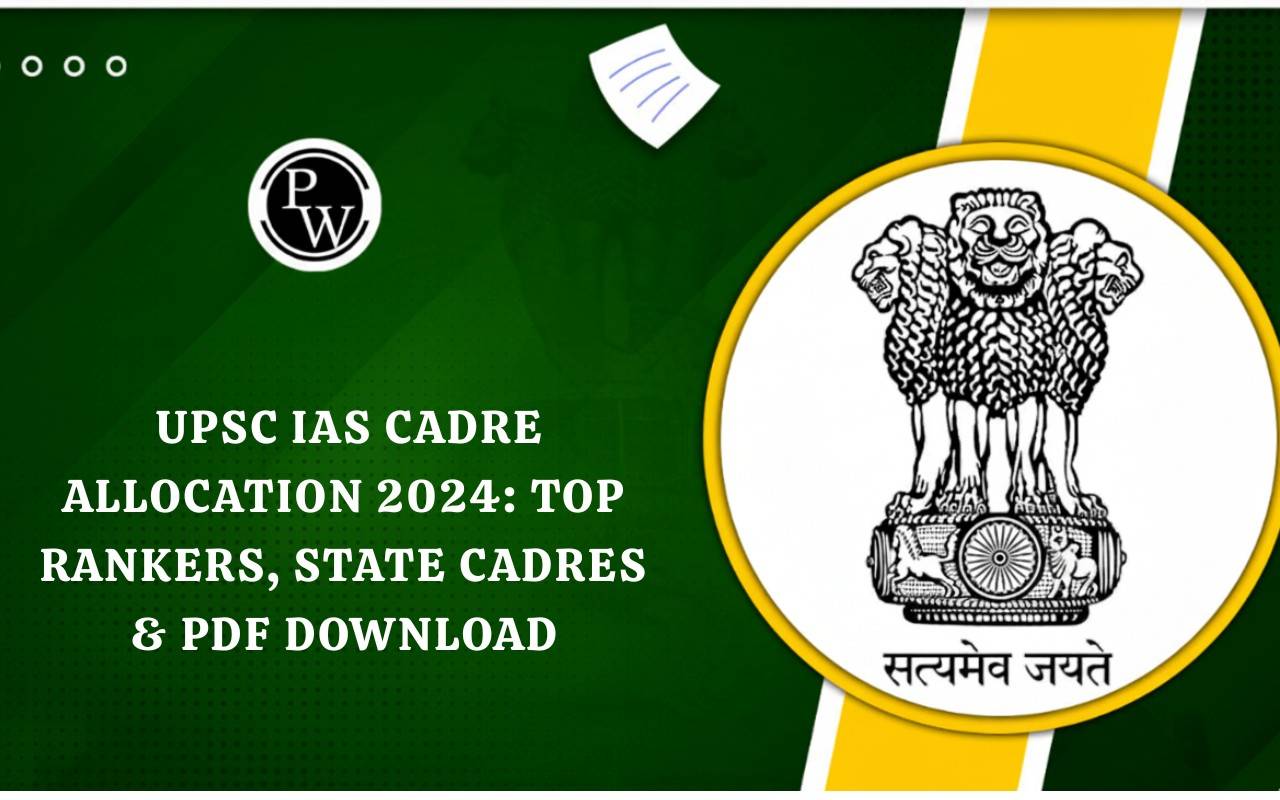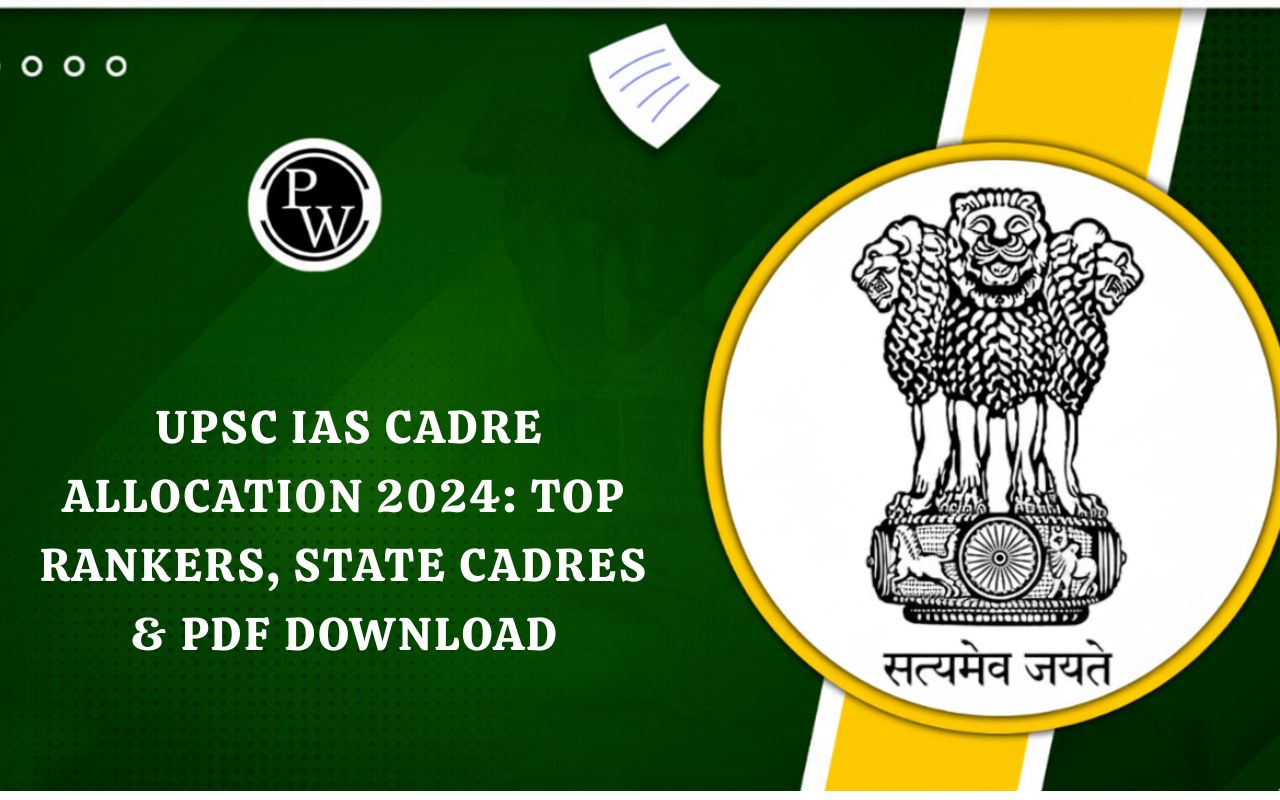
Physiographic divisions of India are classified on the basis of natural factors such as elevation, rock type, slope, and soil. From high mountains to vast plains and long coastlines to deserts, India has over six physiographic divisions of India. These features shape the climate, water resources, flora, fauna, and human activities. Keep reading to learn more about the physiographic divisions of India.
What is the Physiographic Division?
Physiography refers to the physical features of the Earth's surface. It includes mountains, plains, plateaus, deserts, and islands. These features are called physiographic divisions because they represent different landforms formed over millions of years. India’s terrain is not uniform.
It varies from the tall, rugged mountains of the Himalayas to the flat, fertile plains of the north. These variations are the result of geological processes, climate, and natural forces. Studying these physiographic divisions helps us understand the country’s natural resources, settlement patterns, agriculture, and even culture.
Physiographic Divisions of India
India can be divided into six broad physiographic divisions:
-
The Northern and Northeastern Mountains
-
The Northern Plains
-
The Peninsular Plateau
-
The Indian Desert
-
The Coastal Plains
-
The Islands
Each division has its own unique structure, climate, vegetation, and impact on human activities. Understanding these divisions helps us learn more about India’s geology, resources, and regional development.
Physiographic Divisions of India Map UPSC (Credit: NCERT)
1. The Northern and North-Eastern Mountains
This region includes the Himalayas and the Northeastern Hills. It forms a natural barrier in the north and northeast of India. The Himalayas are the youngest and highest mountain ranges in the world. These mountains influence the climate of India by blocking cold winds from Central Asia and attracting monsoon rains.
The Himalayas are divided into three main ranges:
-
Himadri (Greater Himalayas): The northernmost and highest range. It has peaks over 8,000 meters. It contains major peaks like Kanchenjunga, Lhotse, and Everest.
-
Himachal (Lesser Himalayas): Known for valleys and hill stations.
-
Shiwaliks (Outer Himalayas): The lowest range with steep slopes.
The Northeastern Hills include ranges like Patkai, Naga, Khasi, and Mizo Hills. These hills are older and form a distinct region with unique tribes and cultures.
2. The Northern Plains
The Northern Plains lie south of the Himalayas and are formed by three major river systems, the Indus, Ganga, and Brahmaputra. These rivers deposit fertile alluvial soil, making this region one of the most agriculturally productive areas in the world. This region covers around 7 lakh square kilometers. It is about 2400 km long and 240 to 320 km wide.
This region is flat and stretches from Punjab in the west to Assam in the east. It is densely populated due to its fertile soil, water availability, and ease of transportation.
The Northern Plains are divided into:
-
Bhabar: Narrow belt of pebbles along the foothills of Shiwaliks.
-
Terai: Marshy area south of Bhabar, rich in biodiversity.
-
Bangar: Older alluvial soil with good drainage.
-
Khadar: Newer alluvial soil, more fertile and renewed every year by floods.
This region is ideal for growing crops like wheat, rice, sugarcane, and pulses.
3. The Peninsular Plateau
The Peninsular Plateau is the oldest landmass in India. It is made of rocks like granite, gneiss, and schist. The plateau was formed long ago when India was part of the Gondwana landmass. This plateau has a rugged surface with hills, valleys, and flat-topped plateaus.
It is divided into two parts:
-
Central Highlands: Located north of the Narmada River. Includes the Malwa Plateau and the Vindhya and Aravalli ranges.
-
Deccan Plateau: Lies south of the Narmada River. Bounded by the Western and Eastern Ghats.
This region is rich in minerals like iron, manganese, and coal. It has black soil in many parts, which is ideal for cotton cultivation. Rivers like the Godavari, Krishna, and Kaveri flow through this region. The Peninsular Plateau is less fertile than the Northern Plains but plays a key role in India's mineral and power resources.
4. The Indian Desert
The Indian Desert, also known as the Thar Desert, lies to the west of the Aravalli Hills in Rajasthan. It is a dry and sandy region with very low rainfall, usually less than 150 mm a year.
Vegetation is sparse, and the region faces frequent droughts. Sand dunes, called barchans, are common in this area. The desert also has saltwater lakes like Sambhar Lake, which is a major source of salt.
Despite its harsh climate, the region supports life through traditional water conservation methods like kunds, baoris, and tankas. The Indira Gandhi Canal has helped bring irrigation to some parts of the desert.
5. The Coastal Plains
India has a long coastline of over 7,500 km. The Coastal Plains run along the Arabian Sea in the west and the Bay of Bengal in the east.
These plains are divided into:
-
Western Coastal Plains: Narrow and steep, extending from Gujarat to Kerala. Includes Konkan, Kannad, and Malabar coasts. Known for lagoons and estuaries.
-
Eastern Coastal Plains: Wider and flatter, running from West Bengal to Tamil Nadu. Includes Northern Circar and Coromandel coasts. Known for river deltas like the Godavari and Krishna.
These regions are important for fishing, agriculture, and trade. Major ports like Mumbai, Chennai, and Kochi are located along these coasts. The coastal plains are also prone to cyclones, especially along the east coast.
6. The Islands
India has two major groups of islands:
-
Andaman and Nicobar Islands: Located in the Bay of Bengal. These islands are of volcanic origin. The Andamans are known for their forests, tribal cultures, and biodiversity. Port Blair is the capital.
-
Lakshadweep Islands: Located in the Arabian Sea. These are coral islands and are flat and small. Kavaratti is the capital.
These islands are important for India's strategic, ecological, and economic interests. They are rich in marine life and attract many tourists.
To sum up, India’s geography is vast and diverse. Each physiographic division of India plays a unique role in shaping the country's natural beauty, culture, economy, and lifestyle.
Want to learn more about Indian Geography for UPSC? Explore PW’s UPSC Courses and start your preparation!
Physiographic Divisions of India FAQs
What are the major physiographic divisions of India?
Why are the Himalayas important in Indian geography?
Which region is known as the food bowl of India?
What is the significance of the Western Ghats?
How do the coastal plains benefit India?

UPSC Coaching









